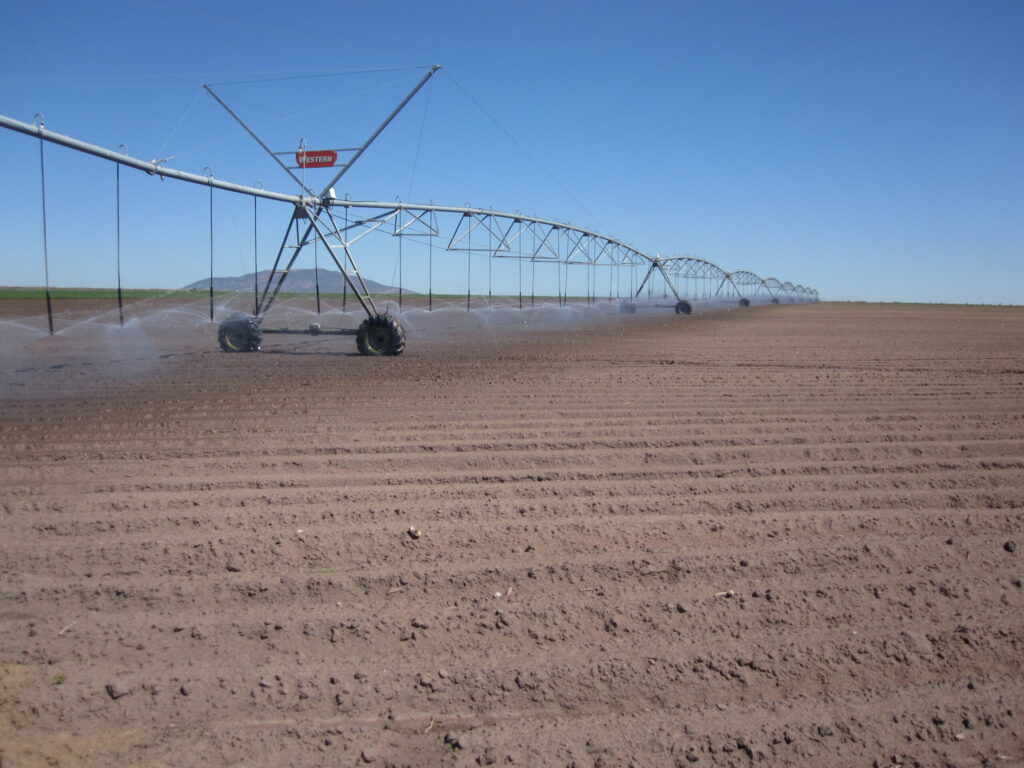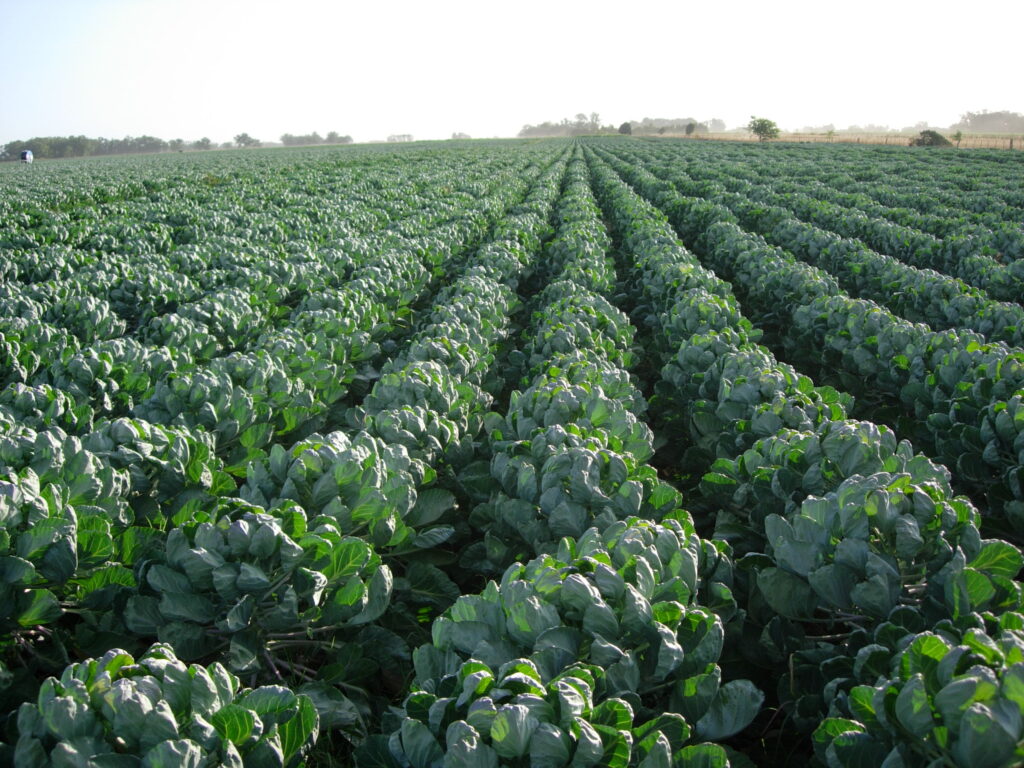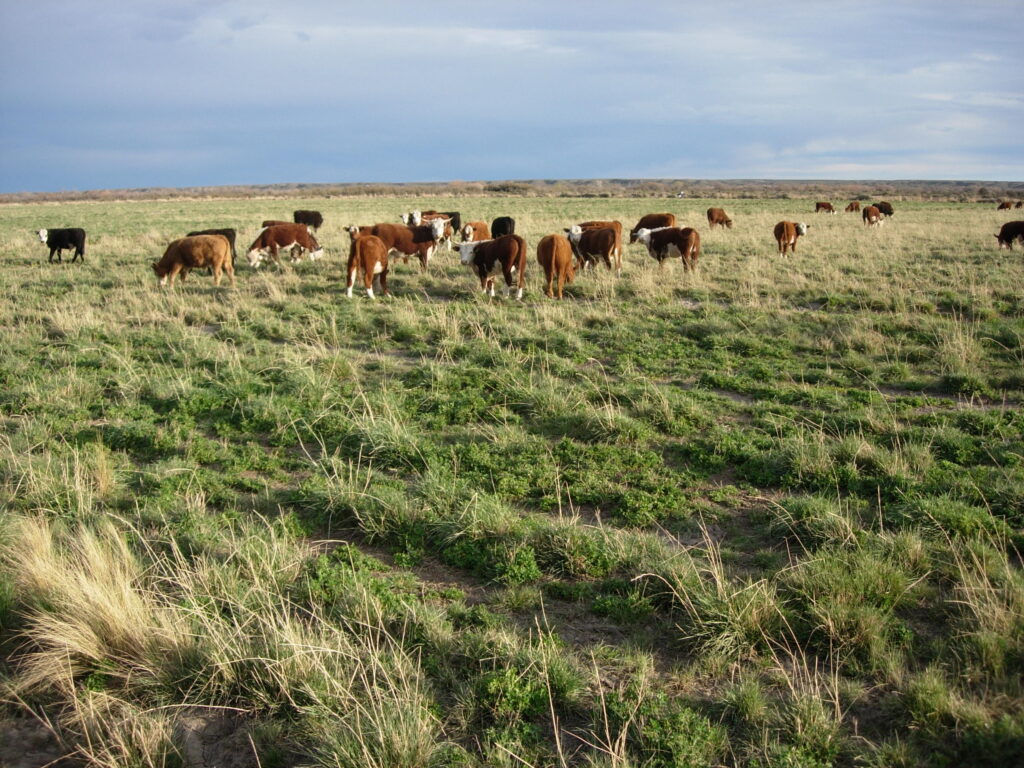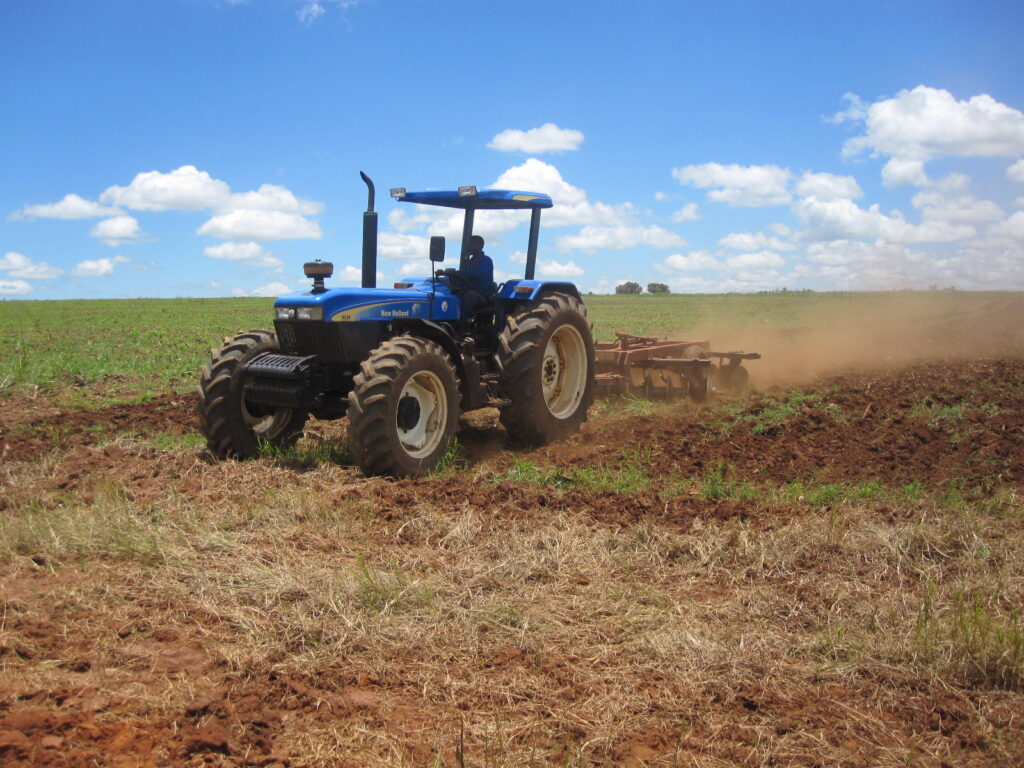Farming Sytems
Today, many alternatives exist for conventional agriculture. New technologies like advanced GPS, machine learning and artificial intelligence have made environment friendly systems available for every location that can be applied to every type of farming. Like regenerative agriculture that can be incorporated into any conventional farming system. For large scale farming, novel farming systems may include no-till or zero-till, permaculture, agroforestry, strip-farming, extensive crop rotation and the use of green manure (cover crops). Precision agriculture has been gradually introduced in main stream agriculture. Introduction of these new technologies has almost bridged the gap between conventional and organic agriculture.



Regenerative agriculture
- Regenerative agriculture combines common sense in conventional agriculture with practices that enhance environmental sustainability without harming economic returns. It is an approach to agriculture that could be useful and feasible in many places. As soil is the base of any outdoor farming system the focus of regenerative agriculture is on the rehabilitation and conservation of the topsoil while increasing financial returns. As soil health improves, crop yields increase while input requirements often decrease.
- Regenerative agriculture is not necessarily organic but applies IPM (Integrated Pest Management) and limits the use of crop protection chemicals as much as feasible. The use of natural biocides may well fit in a regenerate agriculture scheme.
- Regenerative farms often see soil quality improvements translate to long-term land value increases exceeding those of conventional managed farms.


